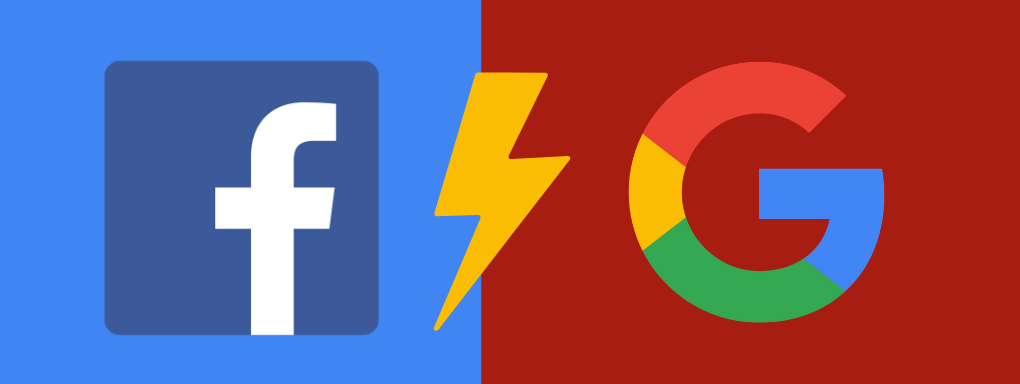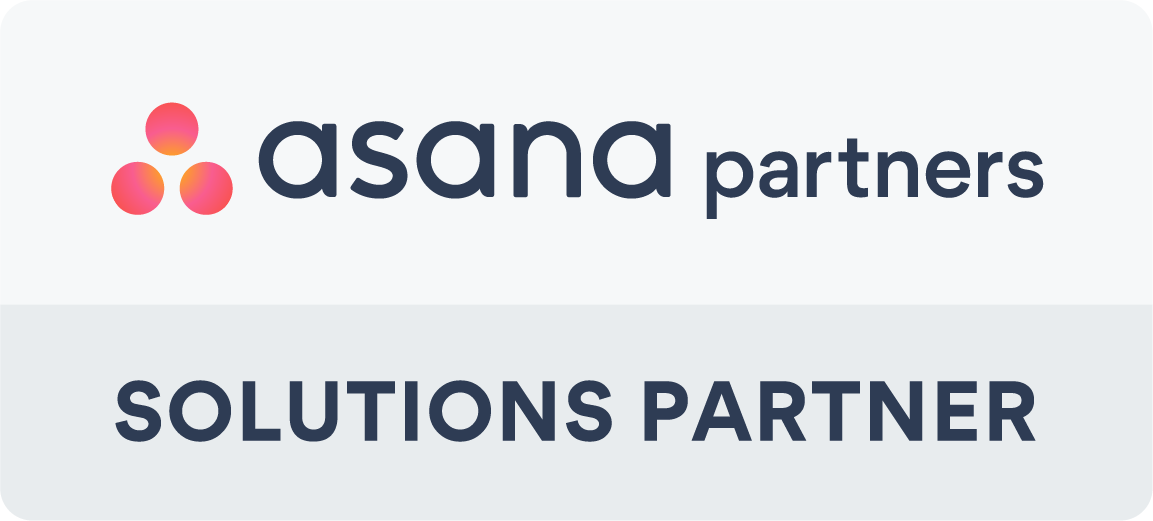🛑 STOP: Before reading this article, please be aware that Meta/Facebook Workplace is closing and will shortly migrate to Workvivo by Zoom. To find out more, please read our blog, Transition from Workplace to Workvivo: A Guide for Workplace Users
BONUS EBOOK: A Blueprint for CEOs Leading Digital Transformation Initiatives
Google Workspace (formerly G-Suite) has been around for a while and has redefined how we collaborate online. But can it compete against Workplace by Facebook and its social media like offering?
Google Workspace and Workplace by Facebook both offer a different approach to traditional enterprise intranet. They also follow similar objectives of helping engage workers and to champion collaboration. But if both seem to provide the same ideals and have similar traditional workplace intranets, which one should your organisation choose?
Here is an overview of both products:
Engagement
When Google Workspace launched, it focused on small businesses and leveraged those learnings to increase its enterprise clients, which currently stand at 500+ corporations such as BBVA, ACDC Express, and Atlassian. As a result, Google has proven it can support large enterprises and increase employee engagement and collaboration via its platform.
In contrast, Workplace by Facebook adoption rates has been increasing since its launch back in 2016. It’s enabled its growing customers, from Starbucks, Virgin Atlantic and Cambell's, to reap the benefits of its platform’s familiarity and ease of use.
"Campbell is more connected than we ever have been. We've seen a complete transformation in just nine months with a 120% increase in readership, 201% increase in reactions and 234% in commenting". Kristen Ennis - Senior Communications Manager at Campbell's.
“We went live at the beginning of September, and our target for the end of the year was for us to be at 65% adoption. We are already over that now; we have got over 7,000 people on it, so over 70%.” - Virgin Atlantic CIO and senior vice president for technology, Don Langford.
Does employee engagement matter?
Employee engagement does matter for a multitude of reasons. According to Officevibe, businesses with highly engaged employees would increase 10% in customer ratings and a further 20% increase in sales. In comparison, only 80% of employees would work more hours for a more empathetic employer.
A significant factor that can contribute to success in today's workplace is optimising engagement.
Choosing a future-proof platform
When considering a collaboration platform, a business should consider whether the platform will adapt to future trends and technology. We believe the workplace’s future consists of 3 elements; agile working, open systems and integrated experience.
Workplace by Facebook was built upon these three principles, and they can be seen in the communication features - encouraging more fluid conversation with comments and reactions. Users can also see these features on mobile to facilitate an agile working environment. Tools such as Work Chat and bots are simple additions designed for employees who are always on the go.
Built with the best in mind
Google Workspace (formally known as Google G-suite) is an all-in-one platform that is well-prepared to support any business. At the same time, Workplace by Facebook was built to embrace the best of breed SaaS applications.
Workplace has previously launched an integration directory with 50+ best of breed enterprise apps. Workplace understands that adopting “all-in-one” platforms is not a suitable choice for the Future of Work and that employees like to use a variety of tools to get work done.
BONUS EBOOK: A Blueprint for CEOs Leading Digital Transformation Initiatives
A familiar face
One of the main reasons why Workplace has seen better adoption rates is because it has used the well-refined user interface that most workers and organisations can recognise. Workplace has a similar design and layout as the consumer version of Facebook, with a list of custom features built just for enterprise needs.
As for Google Workplace, there have been many improvements made to make it adaptable and engaging. The front-end design of a platform is supposed to improve employee engagement and collaboration and be comfortable and familiar.
A platform built for the workplace
Workplace by Facebook dedicates its platform to a secure online space for small and large organisations to connect, collaborate and communicate. One of the main advantages of organisations using Workplace by Facebook is Messenger, News Feed, Groups and Events to get work done.
Workplace eases online collaboration and communication by providing an array of features, including collaborative project groups, chat functionality, monitoring tools for IT teams, photo and video storage, and live video streaming.
In terms of social collaboration, it’s about discovering the new design ideas and trends of social media platforms such as Facebook and then adapting them to an enterprise environment to encourage productivity and collaboration.
In conclusion, Workplace by Facebook, with its advanced features, unprecedented adoption rates and innovative updates, it's no wonder why Workplace by Facebook keeps ranking as the best enterprise collaboration tool on the market.



